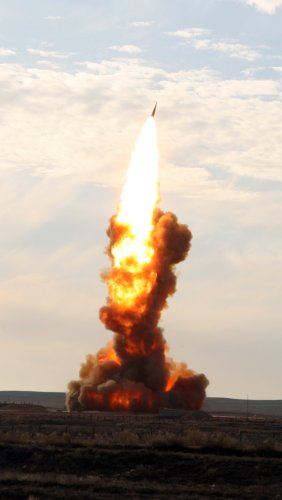completely agree with the other comments here. The ruggedness, practicality, functionality, and simple economic design of much Russian equipment makes me dissapointed that the west has missed the point.
Mig-29, AK-47, Makarov pistol, The current in development Pakfa, Mi-28 there are others if I had time to research. Past fighter aircraft may have suffered from cockpit ergonomics which was missing.
I also see the point that the Russian arircraft are built for combat harshness. The victories of western systems over Russian/Soviet systems could be more to bad training and tactics, not inferior design.
Mig-29, AK-47, Makarov pistol, The current in development Pakfa, Mi-28 there are others if I had time to research. Past fighter aircraft may have suffered from cockpit ergonomics which was missing.
I also see the point that the Russian arircraft are built for combat harshness. The victories of western systems over Russian/Soviet systems could be more to bad training and tactics, not inferior design.

